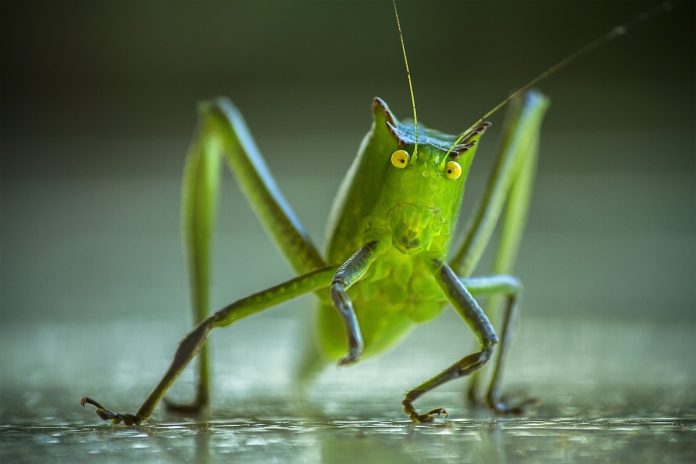Insect population size is directly related to environmental temperatures. As springtime temperatures warm to reach summer highs, insects become increasingly abundant. Recall the drone of cicadas on hot summer days.
Most insects thrive in summer, and many are conspicuous and familiar. Myriad species of flies and ants plague our outdoor activities, wasps and hornets terrorize us, and fireflies and butterflies delight us.
Hidden insects
Many insects, however, are less conspicuous and seldom recognized. In fact, some are rarely seen as adults.
For example, back in the spring tiny eggs of meadow spittlebugs hatched on the stems of grasses and other vegetation in fields and meadows. Upon emerging, the tiny nymphs inserted their piercing-sucking mouthparts into the plant tissue and began ingesting plant fluids.
Over the course of five weeks and five larval instars, the spittlebug nymphs grew slowly and excreted copious amounts of liquid waste, air, and glandular secretions to form a frothy spittle-like mass. The spittle prevents the nymphs from drying out and hides them from potential predators.
Adult spittlebugs are small (about a quarter-inch), drably colored, and sometimes called froghoppers because large eyes on the sides of their heads give them a frog-like appearance.
Next time you notice a white foamy mass on herbaceous vegetation, you’ll be gazing on the foraging stage of the meadow spittlebug.
Gall insects
Evidence of gall insects is also easy to find, but again the actual adult insects are rarely seen.
A variety of insects including some flies, wasps, and moths cause plants to form unusual growths called galls. A gall is a plant’s response to attack.
Over the next three weeks, the gall can grow almost as large as a pingpong ball.
In October as temperatures drop, the maggot goes dormant. At this time you can bisect the gall with a sharp knife to see the resting larvae.
Downy woodpeckers know this trick, too, and often cling to goldenrod stems in the fall and winter and hammer the gall to extract the tasty maggot.
After a long winter sleep, the maggots chew a tunnel out to the very edge of the gall and then return to the central chamber to pupate and transform into an adult fly.
After a few weeks, the fly escapes through the previously excavated tunnel, and the life cycle begins anew.
Snowy tree cricket
A final example of a common, but rarely seen insect is the snowy tree cricket. Males sing a seemingly endless series of high-pitched melodic chirps that to many almost define a warm August night.
Though often heard and recognized, snowy tree crickets are almost impossible to find. In fact, I’m not sure there’s a better-camouflaged insect in nature.
During the day, tree crickets feed and rest amidst the foliage of trees and shrubs. Thanks to their small size and cryptic pale green color, they blend in seamlessly with their surroundings.
And at night, their song has a ventriloquistic effect. Shine a light where you’re certain the tree cricket must be, and you’ll almost always be disappointed. It takes excellent eyes and a little luck to find a singing tree cricket.
Like more familiar katydids, which began singing several weeks ago, snowy tree crickets produce the sounds we hear via a mechanical process called stridulation — they rub one body part against another.
To “sing,” they elevate their front wings and move them back and forth. Where the wings overlap, a sharp edge (the scraper) on one wing rubs against a file-like ridge (the file) on the other. Membranes on the wing act as a sounding board to enhance the sound.
The process is not unlike the sound that created by a violin when the bow is pulled across the strings.
If you’re anxious for cooler fall temperatures, look for spittlebugs and galls, and listen for snowy tree crickets. Each is a sign that summer is beginning to ebb.













